Recreation: Stargazing in Texas State Parks
Friday, October 24th, 2014This is Passport to Texas
When it comes to dark skies, Texas is in good standing
Texas Parks & Wildlife has partnered with the McDonald Observatory, the International Dark Sky Association (IDA) and local astronomy groups to promote stargazing in our state parks.
Parks offer opportunities to get an eyeful of these sparkling celestial bodies while enjoying a great night outdoors – either on your own or during a planned event with other visitors and campers.
Some stargazing events coming up this month and next include: An evening of Stargazing at Lake Ray Roberts State Park Oct 25; staff from the University of North Texas Astronomy Department will give a brief talk about constellations, mythology and more! You’ll also learn the basics of stargazing through binoculars.
On November first it’s a North Texas Star party at Lake Mineral Wells SP. Learn about astronomy and view the night sky through a wide variety of telescopes.
On November 22, it’s star party time at Big Bend Ranch State Park, with some of the darkest of Dark Skies. Tour the night skies way out west, and stay over to experience and enjoy this remote and magnificently scenic park to its fullest.
Find complete details for all these events on the Texas Parks and Wildlife website.
For Texas Parks and Wildlife…I’m Cecilia Nasti.
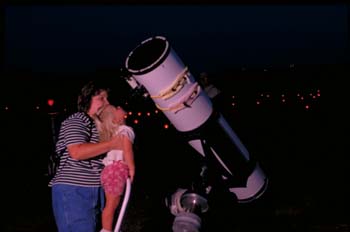

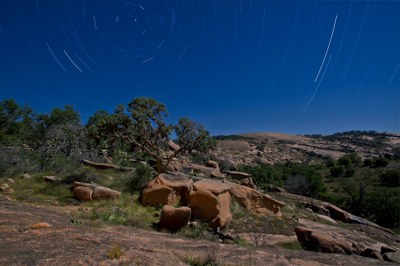
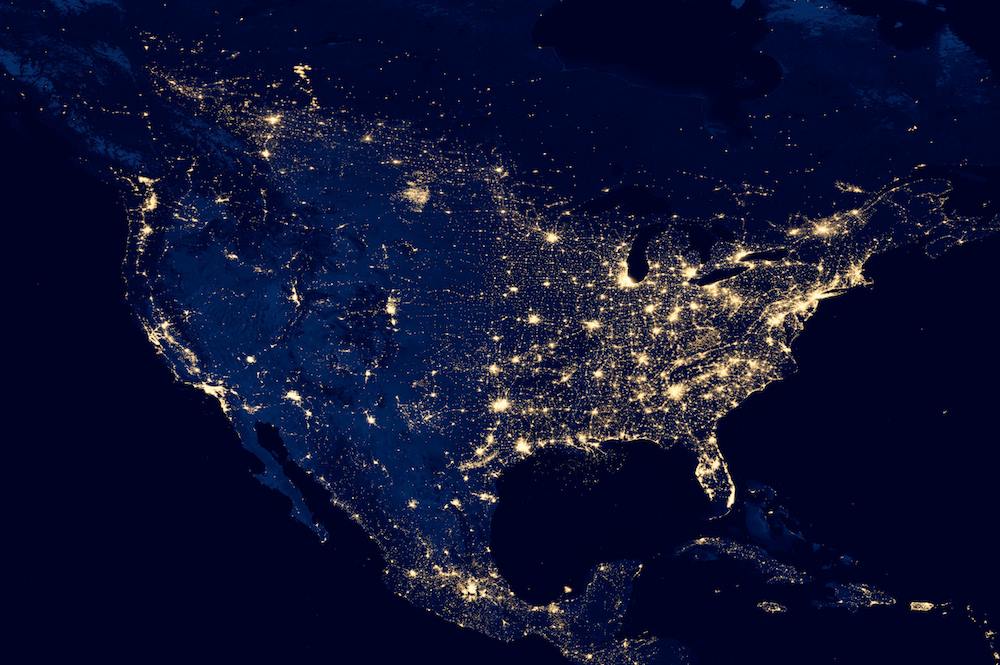
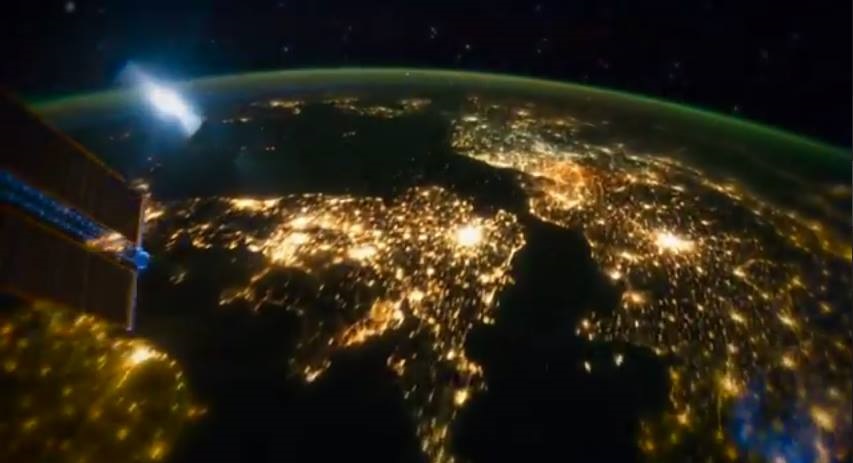
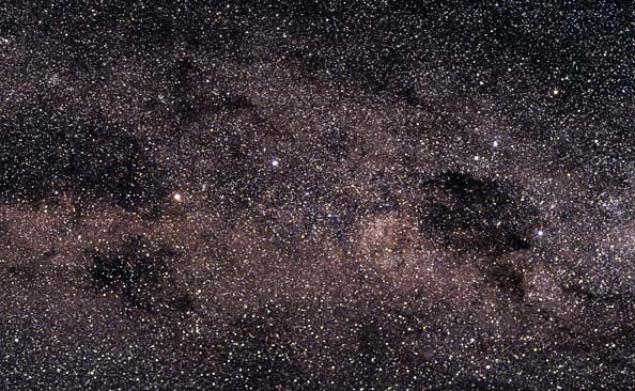

 Passport to Texas is a
Passport to Texas is a  Passport to Texas is made available by:
Passport to Texas is made available by: